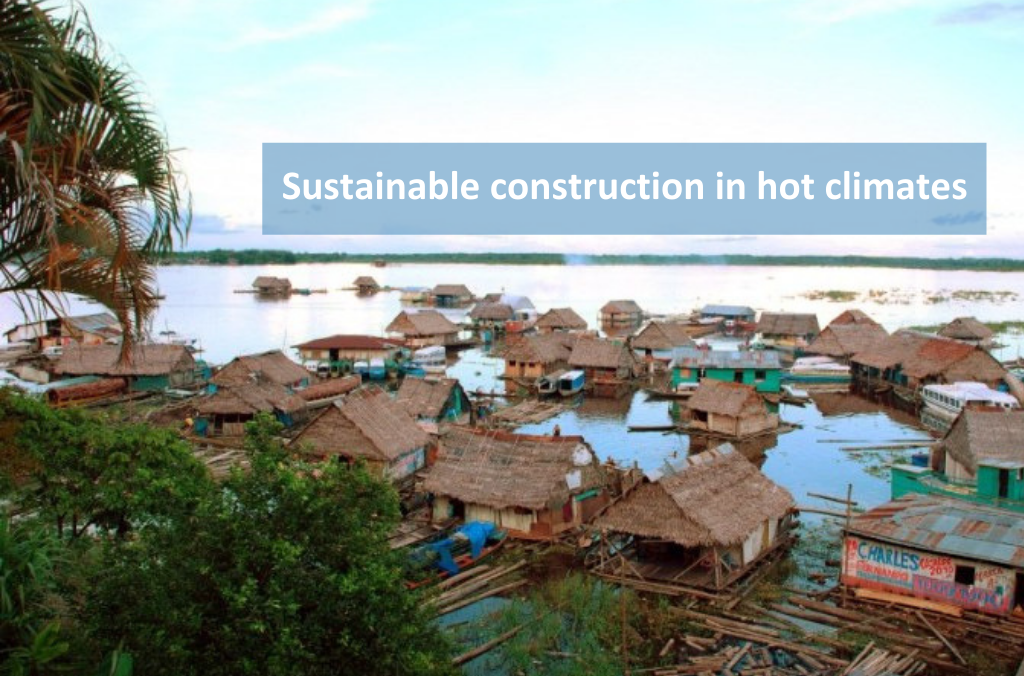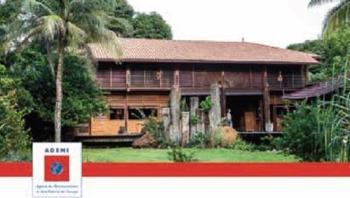#16 Saharan Cities: An imperative of resilience in the face of climate change
Karim Selouane
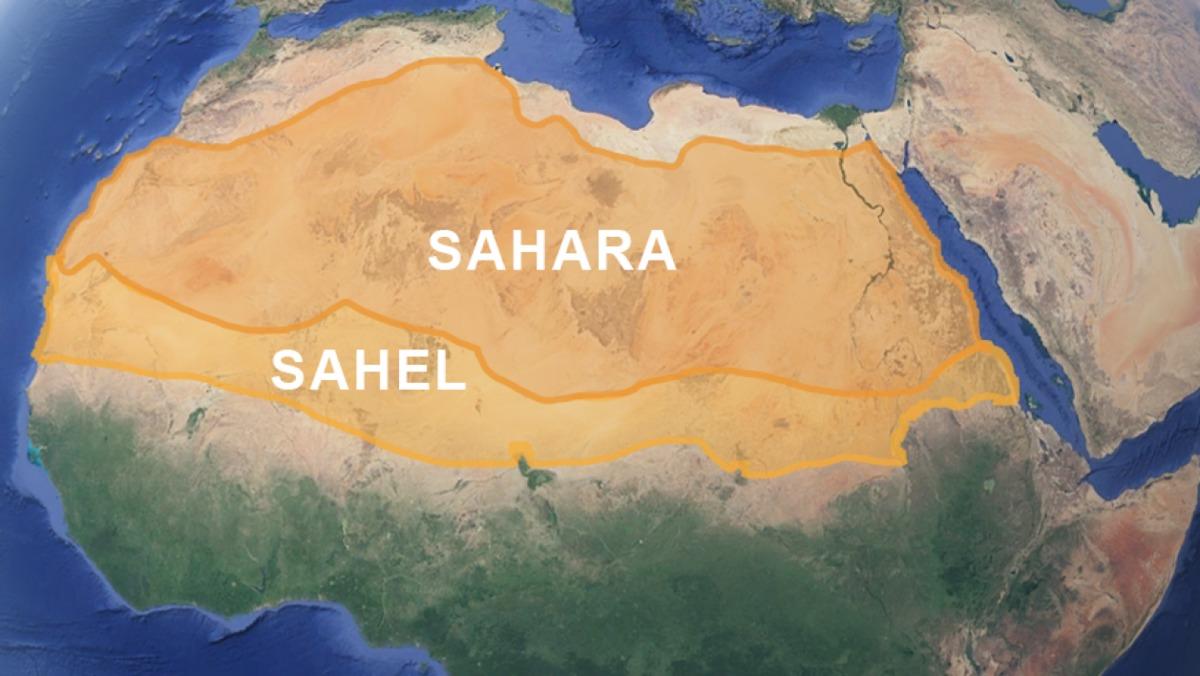
Africa is considered the region most vulnerable to the effects of climate change due to the fragility of its economies and infrastructure.However, it is still difficult to assess the extent and nature of these changes in the future. The average scenario of the IPCC 2014 report indicates that between 1986/2005 and 2081/2100, temperature increases could range from 2 to 3°C over most of the continent. On the other hand, uncertainties remain about the precipitation projections[i]. The only certainty a priori is that the interannual variability of rainfall should increase, as should the number and recurrence of more or less localized extreme weather events.
It is in this context that the Sahara, the world's largest hot desert, has grown by 10% in almost a century. This finding was the subject of a study by the University of Maryland published in the Journal of Climate. Scientists studied rainfall from 1920 to 2013 and found that the Sahara is expanding as the Sahel recedes, disrupting fragile grassland ecosystems, the lives of local residents and urban-rural interactions (rural exodus, declining market gardening, water and population pressure, etc.).
The urbanization of the Sahara: a challenge to traditional settlement
Among the major trends that are at the root of these phenomena are, of course, the spread of urbanization, deforestation, the expansion of areas devoted to agriculture and livestock, and the construction of dams.
However, the Sahara is characterized by unprecedented urbanization processes. These processes are sometimes part of a territorial planning logic driven by the State, or express an informal urbanization, called "from below", which reflects the dynamism as well as the recomposition of Saharan territories and their societies. Cities have thus become today the reference living environment for the majority of the Saharan population and constitute the real structuring poles of desert life.
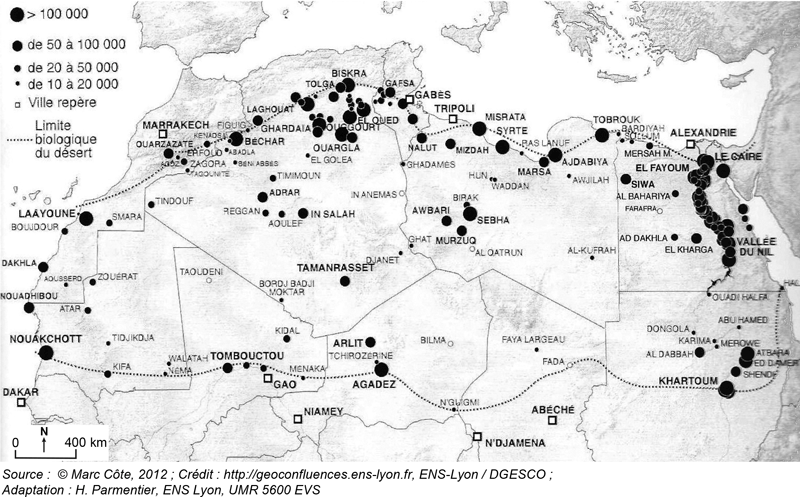
Map of Sahara cities / urbanization
Recent Saharan urbanization, correlated with major population growth, has led to a questioning of these geographical balances. It requalifies, on the one hand, the relationship between man and his environment and, on the other hand, the social interactions that underpin the Saharan settlement, such as the relationship between city and countryside and nation-states and territories. All these transformations have generated extremely different situations depending on the Saharan regions. These concerns relate to the growth and densification of populations in fragile environments, the development and extension of urban structures that are sometimes inconsistent. In addition to these, there are factors that are changing not only economic activities but also geopolitical contexts, such as the confrontation of divergent actors' strategies, the delicate management of local resources, the disruption of value systems and traditional spatial practices, and the emergence of new forms of mobility and migration.
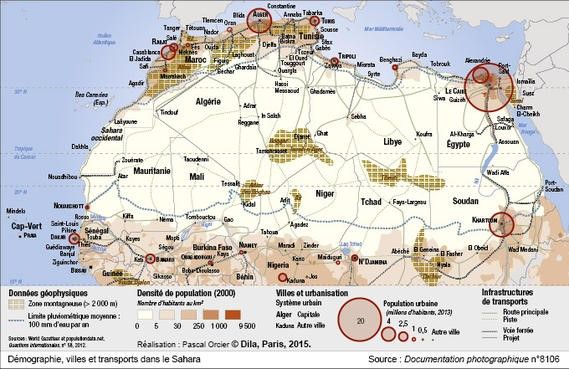
Urbanizing in extreme territories
As an example, we can cite the structuring urbanization along the Atlantic Sahara, in southern Morocco such as Laayoune, Boujdour, Es Smara or Dakhla. These coastal cities have grown considerably over the past thirty years, hosting 80% of the region's population (Oued Eddahab-Lagouira); urbanization has reached a rate of 61% in Guelmin-Es Smara province and 92% in Tan Tan province. The population of these cities is now settled.
Since 2002, when the Agency of the Southern Provinces was created, these cities have been equipped with quality collective facilities: media libraries, sports centres and fishing villages. The supply of drinking water and electricity has become widespread. The road network has expanded considerably, in order to open up the cities of southern Morocco. The creation of ports, but also tourist areas, should make it possible to further develop the potential of cities in the South.
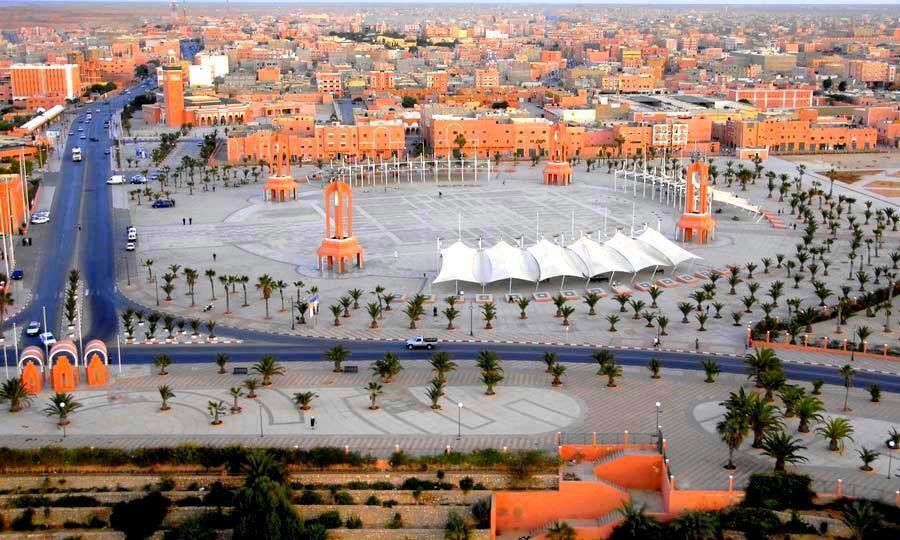
(source: photo of Laayoune / Agence Maroc Tour, 2017)
All these cities are developing in a very arid and difficult natural environment. Laayoune, the capital of the Saharan Provinces, is thus built in a site that we would describe as extreme, with all the critical infrastructures: streets, sanitation, perfectly managed water, energy, housing and even jobs. The natural environment of this city is always related to its genesis; when men have chosen a place to live, this place has always had a number of advantages over other more hostile places. However, when the creation of a conurbation is linked to a mining or oil field or a rural exodus, housing conditions become imposed on a population that is often heterogeneous and not acclimatised.
Nevertheless, the work[ii], which addresses not only geology and climatology, but also the problems faced by those in charge of development, concludes by highlighting the fragility of the coastline, which is partly linked to climate change.
An example is Nouakchott in Mauritania, located in a salt depression, protected from the ocean by a dune barrier. Its topographical and geomorphological conditions induce rainwater flooding in many areas during rainy periods from July to September. In recent years, these floods have increased due to climate change and the implementation of a vast project called Aftout Es-Saheli, which is expected to fill the city's drinking water shortage. Indeed, the massive increase in water quantities in the network has put additional pressure on it, which has led to the transfer of old water distribution pipes and has contributed to saturating the subsoil with drinking water. As a result, most of the rainwater now stagnates, causing salt-laden floods. These halin deposits in turn accelerate the premature ageing of infrastructure and buildings.
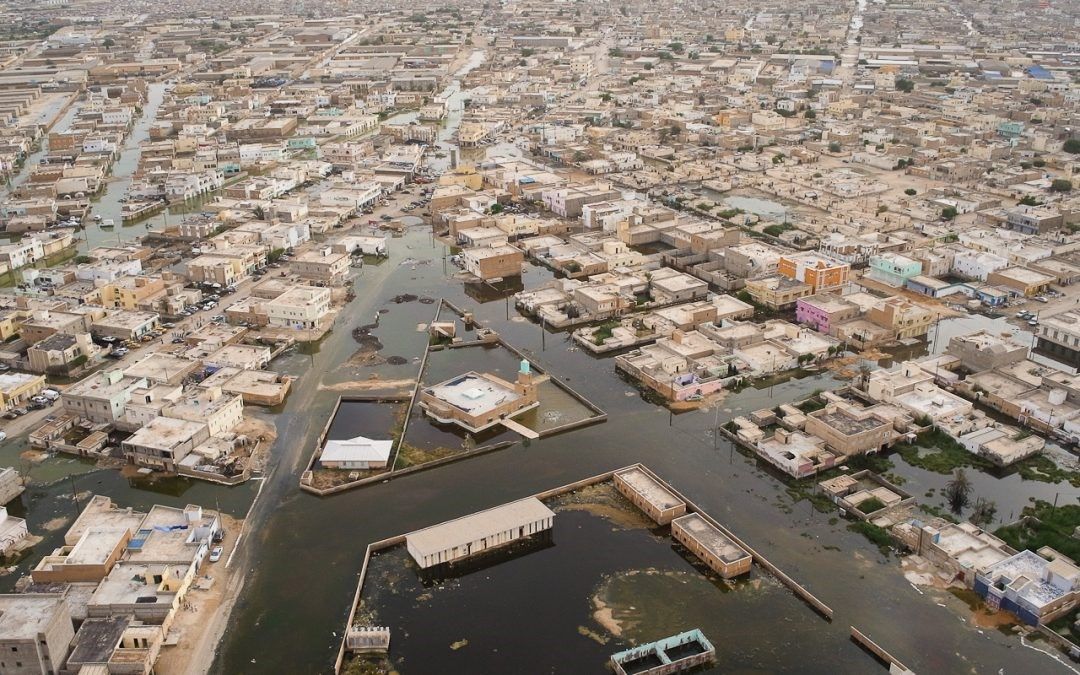
(Photo Karim SELOUANE, UMR Prodig 2006)
The problem of flooding in Nouakchott has become even more important than that of water supply, which is a huge paradox for a city located in the middle of the desert and without local water resources.
These questions are at the heart of current questions relating to understanding, management and foresight related to the future evolutions of the territories and cities of the Sahara, and require a comparison of transdisciplinary approaches through, for example, naturalistic, geomorphological, climate and engineering sciences.
These crossings must be a source of innovation to anticipate and plan development plans that are the least penalizing in terms of silting, erosion, water stress, quality of life and associated risks on buildings and infrastructure. However, it appears that some plans have been carried out without taking into account the functioning of the environment and this results in cities and infrastructures that are not integrated into the Saharan landscape[iii].
Thus, the Sahara immediately reports that Man and nature are closely linked in this very fragile environment which, if not respected, can destroy territories, cities and endanger investments dedicated to development. As the Palaeolithic remains show us, the Sahara persists but it is man who must adapt to it and not the other way around.
An article by Karim Selouane, CEO & Founder of Resallience
[i] Kerry H., Cook Climate science: The mysteries of Sahel droughts. Nature Geoscience 1, 647 - 648 (2008). www.nature.com/ngeo/journal/v1/n10/full/ngeo320.html
[ii] Selouane K., La presqu'île et la baie de Dakhla. Dynamique margino-littorale et évolution du trait de côte. Collection Grafigéo, Mémoires et documents de l'UMR PRODIG 2003, no 24 [139 pages]. http://geoprodig.cnrs.fr/items/show/207339
[iii] Selouane K., Paysages et environnement géologique du Sahara atlantique. Pré-requis au développement durable. (2015) Karthala : Paris. http://www.karthala.com/hommes-et-societes-histoire-et-geographie/2928-paysages-et-environnement-geologique-du-sahara-atlantique-pre-requis-au-developpement-durable.html





